Planted Solar, a U.S.-based startup that offers a unique terrain-conforming PV array solution, which includes planning software and robot construction equipment, announced it is investing in further product development and initiating international expansion. It has also raised $12 million in a new round of venture capital financing.
The California-based startup provides developers of community solar projects a more efficient deployment based on its planning and construction platform that includes plant design software, for precise planning, fixed tilt high-density solar array components, and construction machinery. These are designed and optimized to work “seamlessly together,” according to Eric Brown, CEO of Planted Solar.
“Four years ago, most prospective customers would have told us they wanted a cheaper tracker. But we recognized the deeper challenge: delivering a fundamentally better way to deploy solar – faster, cheaper, and on land others can’t use,” Brown told pv magazine.
By saying it is a “fundamentally better way,” Brown is referring to Planted Solar’s claim that its solution requires 50% less land compared to traditional solar, and that it enables a 30% lower cost of energy.
Furthermore, the terrain-following arrays require 70% less steel than conventional designs, reducing material and logistics costs. They are made to “eliminate the need for costly site grading,” enabling higher ground coverage, allowing existing vegetation and topsoil to remain in place, according to the company.
“To make that real, we had to effectively build four companies in one: software, hardware, robotics, and installation services, all on limited market feedback,” Brown explained.
The Planted Solar arrays are installed like a sheet, densely packed together, rather than using typical row spacing, as pv magazine USA has reported. Instead of grading the land to be flat and uniform, the company’s solar mounts follow the terrain, tolerating up to a 27% slope.
The software supports optimized layouts, energy models, and engineering drawings, according to the company, while the field construction robotic systems “enable faster builds with smaller crews, increasing labor productivity and minimizing errors” on site.
“With minimal site prep, simplified racking, and field automation, the time from mowed field to assembled DC system is cut in half,” said Brown.
Since raising a $20 million Series A round of venture capital last year, the company has completed several projects. “Our biggest milestone has been validating dense, terrain-conforming arrays and robotic deployment in real-world projects,” said Brown.
“From permitting to financing and bankability, we’ve moved from proving feasibility to scaling a new system for how solar gets built,” he added.
Brown noted technology validation by solar developers, such as commercial and industrial (C&I) market-oriented White Pine Renewables, as well as contractors and independent engineering firms. “They confirmed that land availability and deployment speed are major bottlenecks, and can only be solved with a different approach,” said Brown.
The company stated that the U.S. market’s drive to accelerate the construction of new data centers is driving the need for the company’s technology. Developers in the U.S. are still moving ahead despite the headlines, according to Brown.
And in other markets, such as Asia-Pacific and Europe, there are opportunities to provide land-efficient solutions to “boost clean energy adoption.” To address these opportunities, it has raised a $12 million round of financing provided by established U.S. venture capital investors.
Planted Solar was founded in Oakland, California, in 2020.

This content is protected by copyright and may not be reused. If you want to cooperate with us and would like to reuse some of our content, please contact: editors@pv-magazine.com.
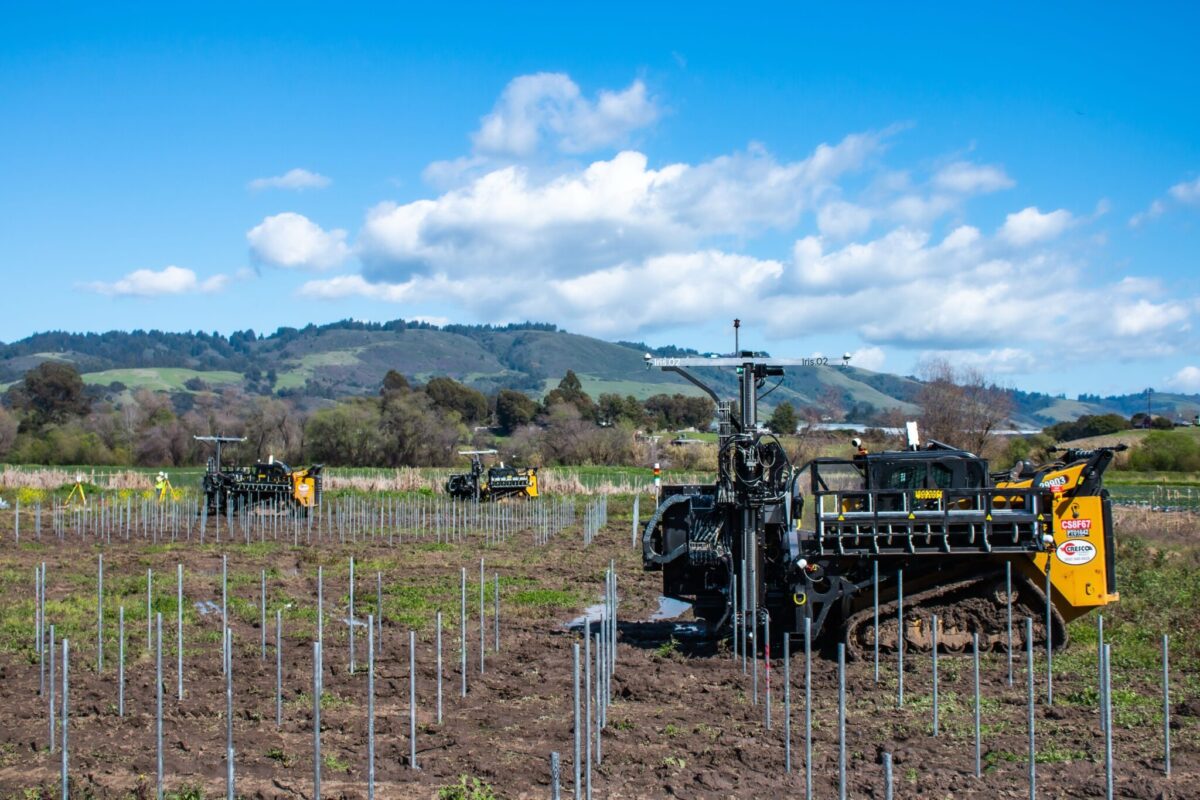
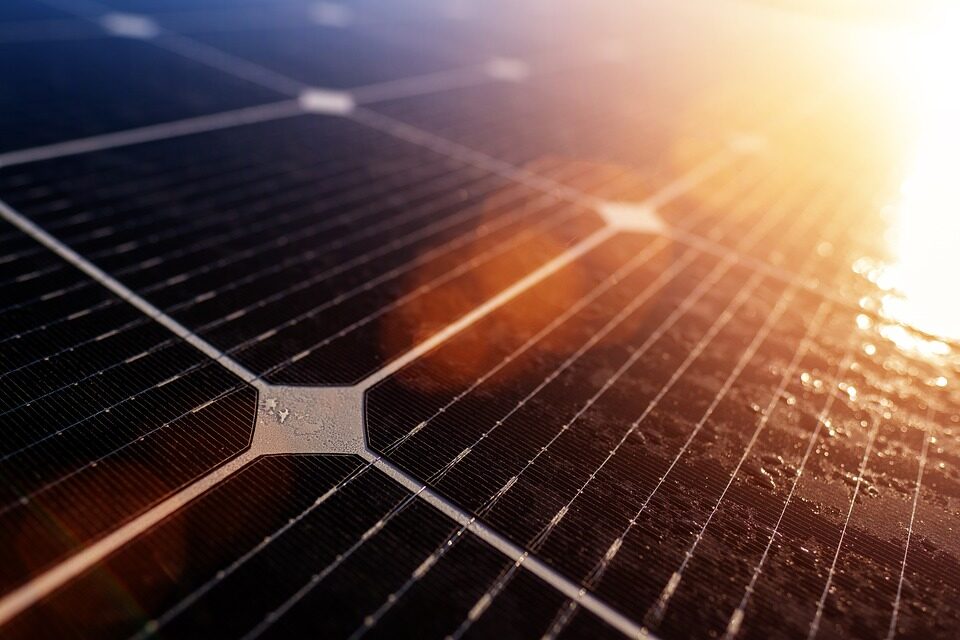

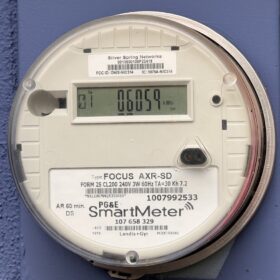


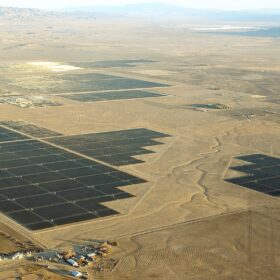
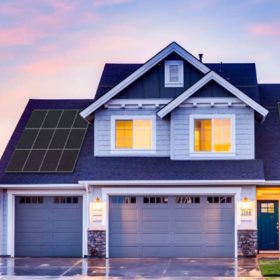
By submitting this form you agree to pv magazine using your data for the purposes of publishing your comment.
Your personal data will only be disclosed or otherwise transmitted to third parties for the purposes of spam filtering or if this is necessary for technical maintenance of the website. Any other transfer to third parties will not take place unless this is justified on the basis of applicable data protection regulations or if pv magazine is legally obliged to do so.
You may revoke this consent at any time with effect for the future, in which case your personal data will be deleted immediately. Otherwise, your data will be deleted if pv magazine has processed your request or the purpose of data storage is fulfilled.
Further information on data privacy can be found in our Data Protection Policy.